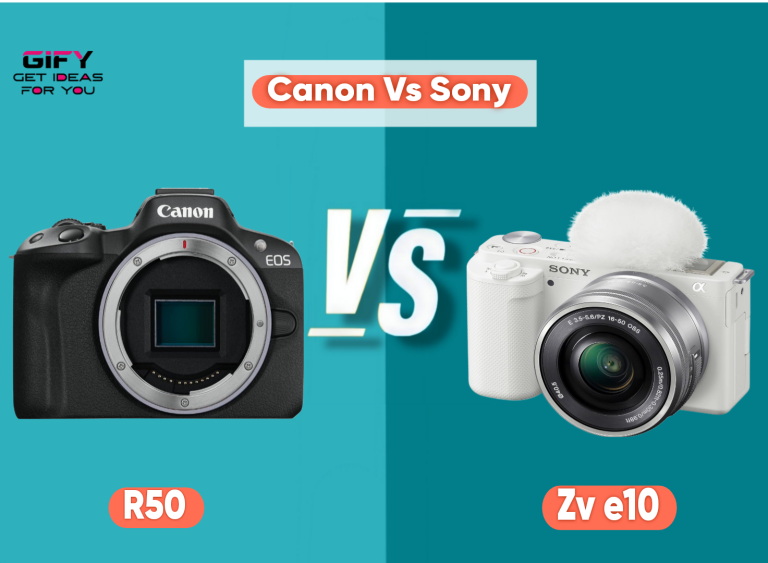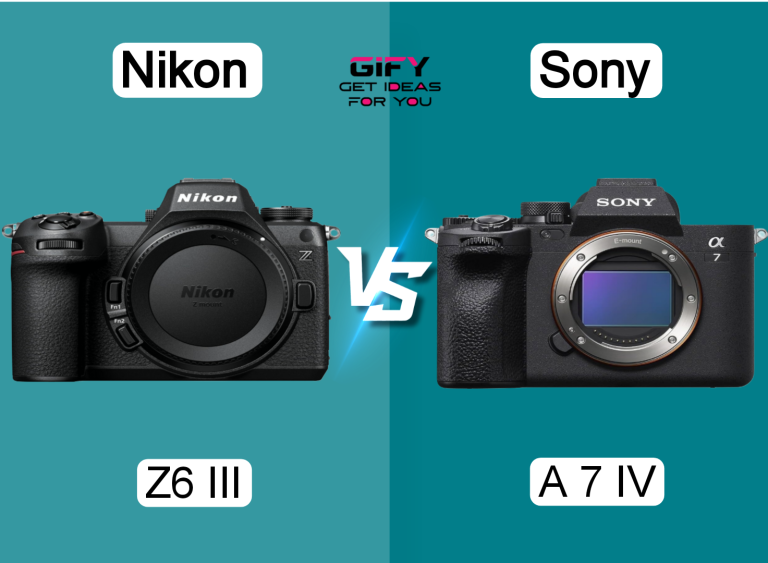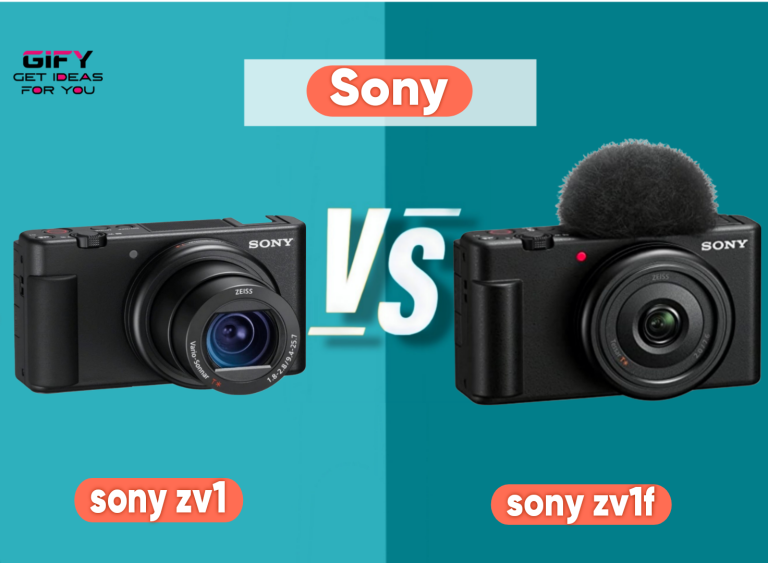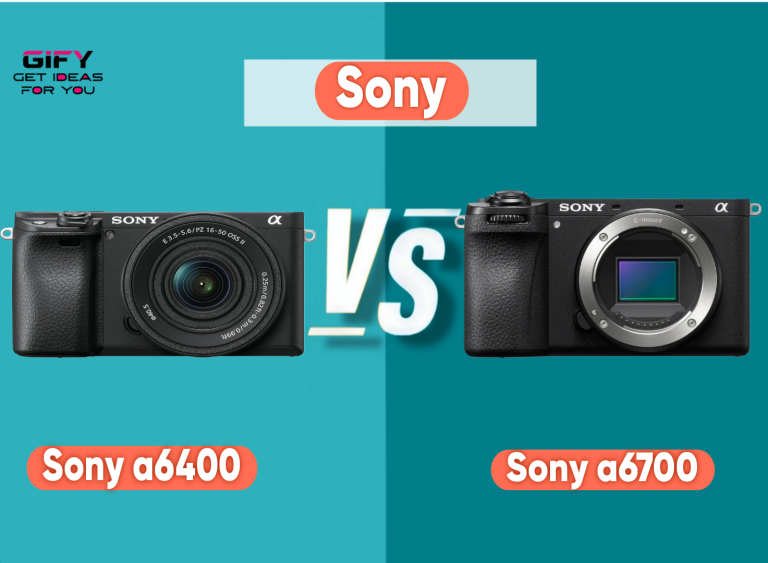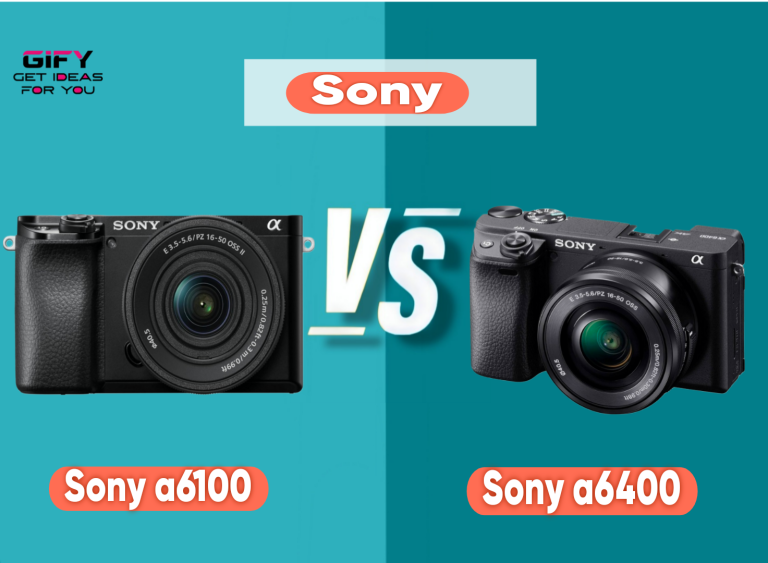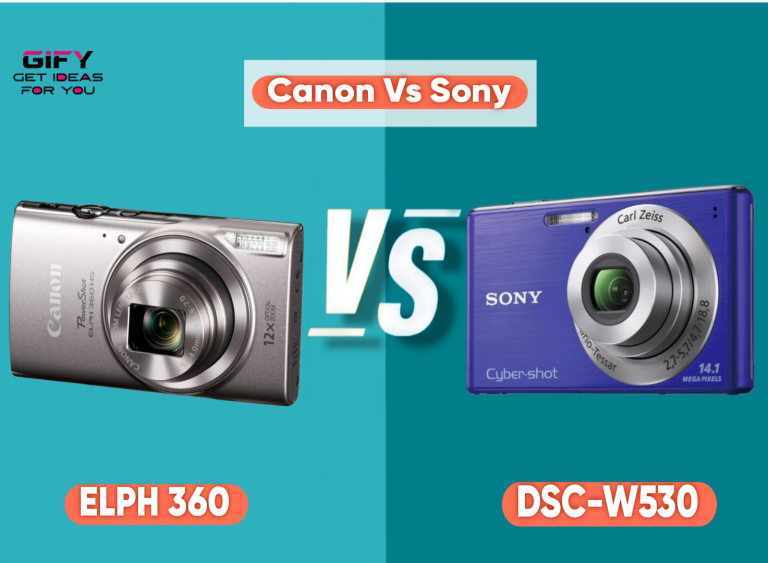Sony A6000 vs A6100 is one of the most talked-about comparisons among photographers who want powerful mirrorless performance without breaking the bank. Both cameras belong to Sony’s popular Alpha lineup,
known for delivering outstanding image quality, speed, and portability. This comparison helps you understand how these two cameras differ in real-world use and which model best fits your photography needs.
Whether you’re upgrading from an older model or entering the mirrorless world, understanding the key differences in autofocus, video quality, battery life,
and usability will help you make the right choice. Let’s dive deep into their shared features, strengths, weaknesses, and what sets them apart in the field.
Common Features
Both the Sony A6000 and A6100 share a strong foundation that has made the Alpha series so successful. They are lightweight, compact, and perfect for travelers or content creators who need professional performance in a small body.
- Both come with a 24.2MP APS-C sensor, delivering sharp, vibrant, and detailed images.
- Support for Sony E-mount lenses, giving users access to a massive selection of high-quality lenses.
- Fast hybrid autofocus systems that combine phase and contrast detection for quick and accurate focusing.
- Up to 11 frames per second continuous shooting, ideal for action, sports, or wildlife photography.
- Tilting 3-inch LCD screens for easier composition and shooting flexibility.
- High-quality electronic viewfinders for bright, true-to-life previews.
- Wi-Fi and NFC connectivity for easy image transfer and remote control through smartphones.
- Excellent color science and skin tones, producing beautiful photos straight out of the camera.
- Durable, compact magnesium-alloy builds suitable for travel and outdoor photography.
In essence, both cameras deliver outstanding image performance, fast operation, and ease of use. They are ideal for beginners moving up from smartphones or enthusiasts seeking an affordable mirrorless solution.
Sony A6000 – 24.3MP SLR Camera.
The Sony A6000 remains a fan favorite years after its release because of its reliability and high-quality performance. It features a 24.2MP APS-C sensor with impressive sharpness and dynamic range.
The camera’s hybrid autofocus system includes 179 phase-detection points and 25 contrast-detect points, delivering fast and precise focus tracking even with moving subjects. This setup makes it a strong choice for sports and street photography.
Its ISO range of 100–25,600 (expandable to 51,200) ensures usable results in low-light situations. The A6000 captures up to 11 frames per second, allowing photographers to never miss critical action shots.
The metering system with 1,200 zones guarantees accurate exposure under various lighting conditions. The 3-inch tilting LCD, paired with a bright electronic viewfinder, provides versatility for framing shots from creative angles.
The camera also includes an anti-dust system with a charge protection coating and an ultrasonic vibration mechanism to keep the sensor clean. In the box, Sony includes a
rechargeable NP-FW50 battery, a shoulder strap, an eyepiece cup, and a micro USB cable. Although not the newest model, it continues to offer incredible value for money.
What I Like
- Compact, lightweight body that’s easy to carry anywhere.
- Fast and accurate autofocus even with moving subjects.
- Impressive image quality for both RAW and JPEG files.
- Reliable 11fps burst shooting for sports and wildlife.
- Excellent value for beginners entering mirrorless photography.
- Durable build with a comfortable grip and intuitive controls.
What Could Be Better
- No 4K video support, only Full HD recording.
- No touchscreen functionality.
- Older battery system with shorter life compared to newer models.
- Lacks microphone input for professional audio recording.
Overall Opinion
The Sony A6000 remains one of the best budget mirrorless cameras for photography enthusiasts. Its autofocus speed, image quality, and versatility outperform many competitors in its class.
Though it lacks 4K video and modern upgrades, it still provides everything most photographers need to produce professional results. For beginners or hobbyists, it’s an unbeatable deal that delivers far more than its price suggests.
Sony A6100 – 24.2MP2 APS-C Exmor Sensor.
The Sony A6100 brings modern upgrades to the same successful design philosophy. It features a 24.2MP APS-C Exmor sensor paired with a front-end LSI for faster processing and improved image quality.
This sensor performs exceptionally well in both bright and low-light conditions, producing cleaner images with better color accuracy.
The standout feature is its lightning-fast autofocus, locking focus in just 0.02 seconds. Real-time Eye AF and object tracking make it an outstanding choice for portraits, pets, and moving subjects.
The A6100 also captures 4K video with 2.4x oversampling, full pixel readout, and no pixel binning, resulting in incredibly detailed and sharp footage. It includes a microphone input and a 180-degree tiltable touchscreen LCD, perfect for vloggers and YouTubers.
The camera shoots continuously at up to 11fps with full AF/AE tracking, matching the A6000’s speed but with better accuracy. Its ISO range extends up to 51,200,
giving it an edge in challenging light. The addition of real-time tracking and modern video capabilities makes this camera one of the best hybrid options in Sony’s APS-C lineup.
What I Like
- Blazing-fast autofocus speed with real-time tracking.
- Beautiful 4K video recording with oversampling and no pixel binning.
- Improved low-light performance with cleaner high ISO results.
- 180-degree tiltable touchscreen ideal for vlogging and selfies.
- Microphone input for better audio recording.
- Accurate eye and face detection for both humans and animals.
What Could Be Better
- Plastic body feels less premium than the A6000’s metal frame.
- No in-body image stabilization (IBIS).
- Battery life could still be longer for 4K recording sessions.
- Menu system can be confusing for new users.
Overall Opinion
The Sony A6100 offers the perfect balance between performance and portability. Its advanced autofocus and 4K video make it a top choice for creators who shoot both photos and videos.
The tilting touchscreen and microphone input make it more versatile than the A6000, especially for content creation. It’s a future-proof camera that meets the demands of modern shooters while remaining compact and user-friendly.
Head-to-Head Comparison
Comparing the Sony A6000 vs A6100 highlights how far Sony’s mirrorless technology has evolved. Both cameras share the same 24.2MP APS-C sensor size, delivering similar base image quality. The real difference lies in processing, autofocus, and video capabilities.
The A6100’s autofocus system is significantly faster and more accurate, offering real-time tracking and Eye AF. The A6000, while still fast,
uses an older AF algorithm and lacks modern subject detection features. For photographers shooting moving subjects or videos, the A6100 clearly wins.
Video performance is another major differentiator. The A6100 records full 4K footage with oversampling for sharper detail, while the A6000 only records in Full HD.
Content creators, vloggers, and YouTubers will appreciate the A6100’s touchscreen, 180-degree tilt display, and mic input — features absent on the A6000.
Battery life is similar, though the A6100’s efficiency slightly improves runtime. Both cameras shoot up to 11fps, but the A6100 maintains focus and exposure more accurately during bursts.
The A6000 still holds its ground for photography, offering excellent image quality for its price, but lacks the video and tracking advancements that define modern mirrorless systems.
Who Should Choose the A6000?
Photographers who want a budget-friendly, high-performance camera for still photography will love the A6000. It’s perfect for street, travel, and portrait photography.
Who Should Choose the A6100?
Creators who shoot both photos and videos, or anyone who values advanced autofocus, 4K recording, and real-time tracking, should go for the A6100. It’s a future-proof camera for today’s hybrid shooters.
📌 Read More Related Articles.
FAQs
Does the Sony A6000 shoot 4K video?
No, the A6000 supports Full HD recording only. If you need 4K, the A6100 is the better choice.
Is the Sony A6100 worth the upgrade from the A6000?
Yes, especially for video creators or those who need faster autofocus and better tracking. The A6100 is a noticeable step up in performance and usability.
Can both cameras use the same lenses?
Yes, both use Sony’s E-mount system, making them compatible with a wide range of Sony and third-party lenses.
Which camera performs better in low light?
The A6100 performs better thanks to its updated sensor processing and higher ISO performance.
Do either cameras have image stabilization?
No, neither the A6000 nor the A6100 have in-body stabilization. You can use stabilized lenses to reduce camera shake.
Which is better for beginners?
The A6100 is more user-friendly thanks to its touchscreen and smarter autofocus, but the A6000 offers better value for tight budgets.
Conclusion
The Sony A6000 vs A6100 comparison reveals two excellent mirrorless cameras with distinct strengths. The A6000 remains an affordable classic for photographers who focus on stills and value simplicity.
The A6100, on the other hand, pushes performance further with lightning-fast autofocus, 4K recording, and a user-friendly touchscreen. Both are capable tools, but your choice depends on
your needs — pure photography power or modern hybrid versatility. Either way, Sony’s Alpha series continues to set the standard for compact, high-performance cameras.




